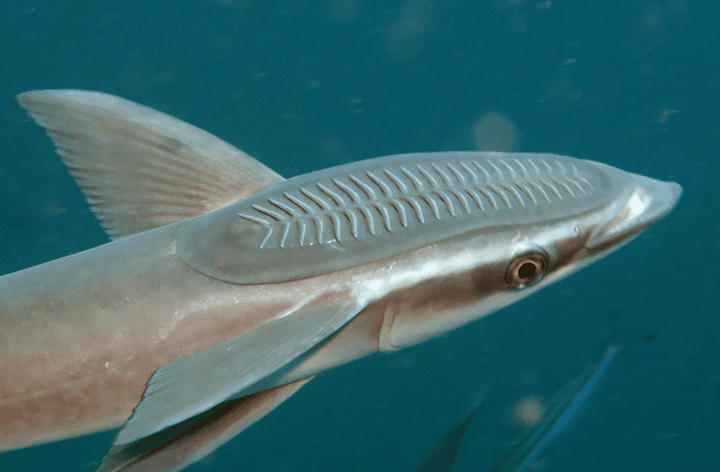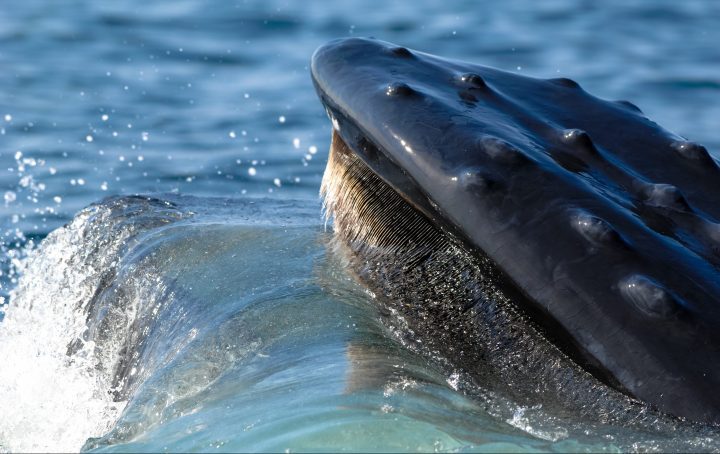Second Place - Middle School, International
UN Sustainable Development Goals Addressed
-

Goal 11: Sustainable Cities & Communities
2023 Youth Design Challenge -
This design concept was developed by participants in the Institute’s Youth Design Challenge. The descriptions below are from the team’s competition entry materials.
School: College Francais Bilingue de Londres
Location: London, England
Coach: David Berland
Team members: Cleo S., Josephine L., Morgan R., Violette P.

Innovation Details
Every two years, the National Railway in London clears any debris that has settled on train tracks as well as cuts down hundreds of trees and surrounding shrubbery that could make the track dangerous to use. While this is the current solution to cleaning the debris that accumulates and bakes on the track itself, The Tree Savers team has come up with a different solution. Looking at smalltooth sawfish, whales, and the remora, the team created the “Rail Razor.” The Rail Razor attaches to the fronts of trains, similar to how the remora fish attaches to bigger fish. It has a tank with an enzyme-based liquid that would break down plant and wood cells along the track. Going even further, the device sweeps branches and leaves with its bristle brush system, inspired by the way that whales filter their food with their baleen. The Tree Savers team hopes that this system will reduce the need to cut down trees along the track every other year, thereby preserving the ecosystems along the train route, and avoiding safety hazards.
The Tree Savers were commended on the various iterations that led them to their final Rail Razor design. The judges appreciated the process of trial and error – as well as all of the research – that the team engaged in.
What is the problem your team solved for this challenge? What is the problem addressed? How is the problem connected to the selected SDG?
Every two years, the National Railway cuts down hundreds of trees and shrubbery surrounding the train tracks in London, because leaves, branches, and debris fall from the trees and settle on the tracks, making them impracticable. On particularly hot days, leaves even “bake” on the tracks, making them problematic to remove, and dangerous for the trains. The SDG 11, Sustainable Cities is linked to this problem, as cutting down this very large amount of trees gravely affects London’s ecosystem, and trees provide oxygen, habitats and noise reduction.
How was your solution inspired by nature? What (at least two) organisms did you learn from? How effectively did you combine the biological strategies for the final design?
We learnt from two organisms. The smalltooth sawfish and the remora which have fascinating biological strategies. Smalltooth sawfish have a saw-like snout to scrape the seabed to scavenge. Remoras attach to bigger fish to eat their leftovers.
We turned the scraping into a grater to instantly remove leaves and debris from rails. We were inspired by remoras which attach to sharks by using a fin that acts as a suction pad to stick themselves to them. Our solution leverages the scraping strategy to efficiently grate leaves and debris from rails and mimics the sticking technique to firmly attach to trains.
What does your design solution do? How does it solve or mitigate the problem you selected? How did what you learn inform your design?
Our solution will solve the complex problem of leaves, branches and debris settling on rails daily and especially in autumn. Our design will eliminate leaves, branches and debris quickly and efficiently when the trains pass. This will work by combining a system of brushing, scraping and spraying an enzyme-based solution which will allow immediate and rapid removal of debris, as well as their dissolution, since leaves deposited on the tracks stick due to the passage of trains, and because of the heat they “bake”, becoming difficult to remove, posing risks of slipping and derailment of the train.



